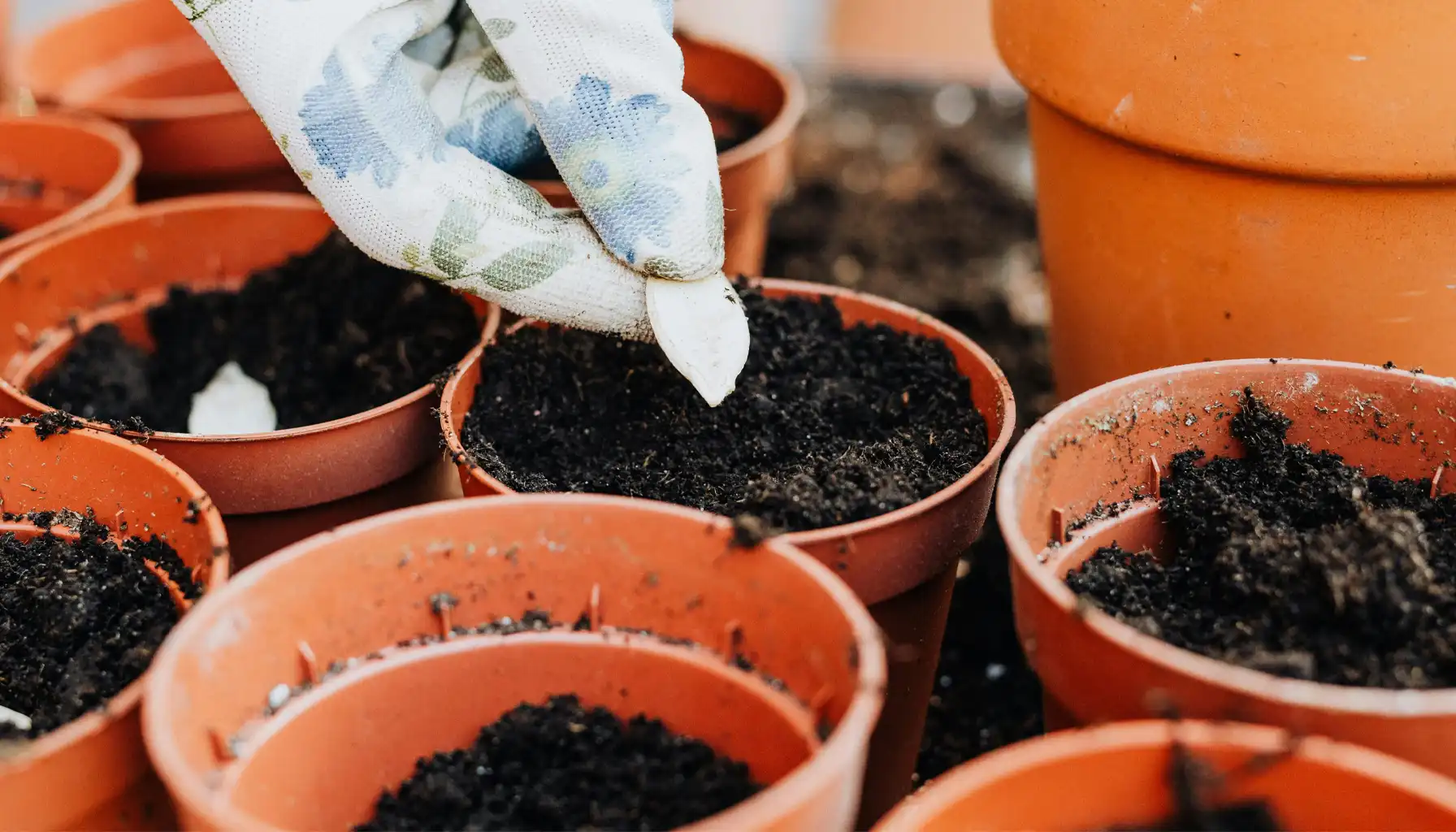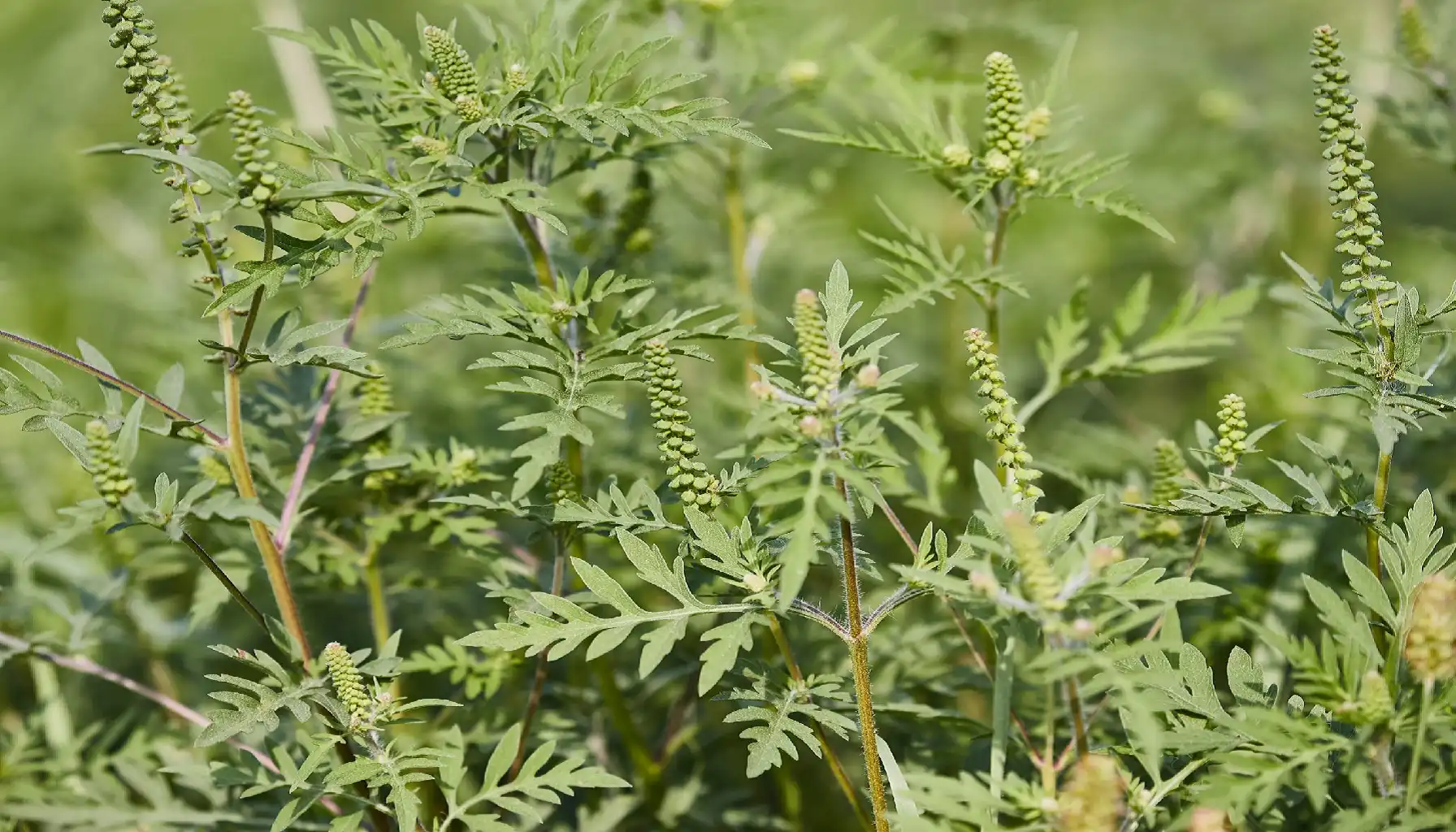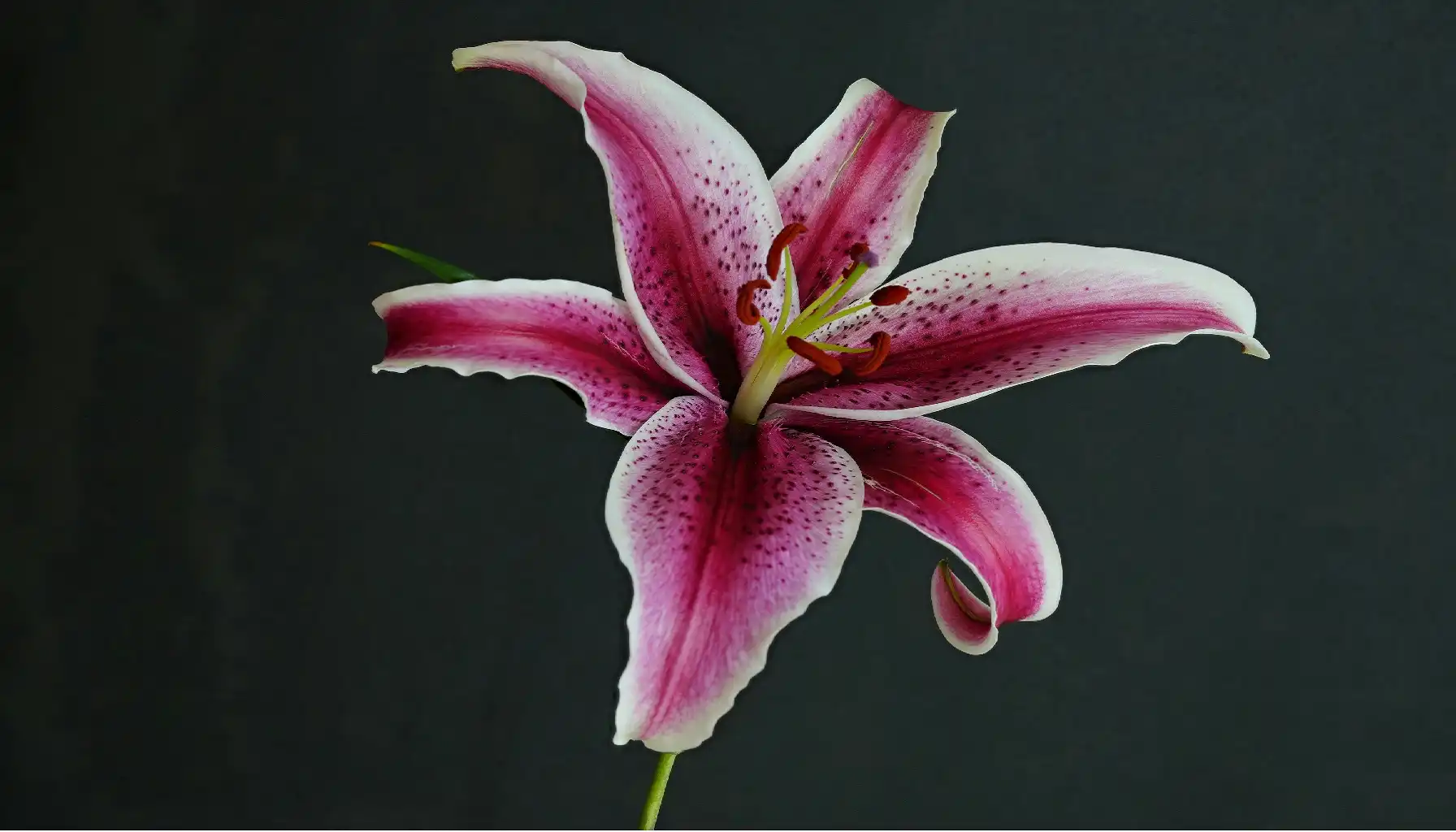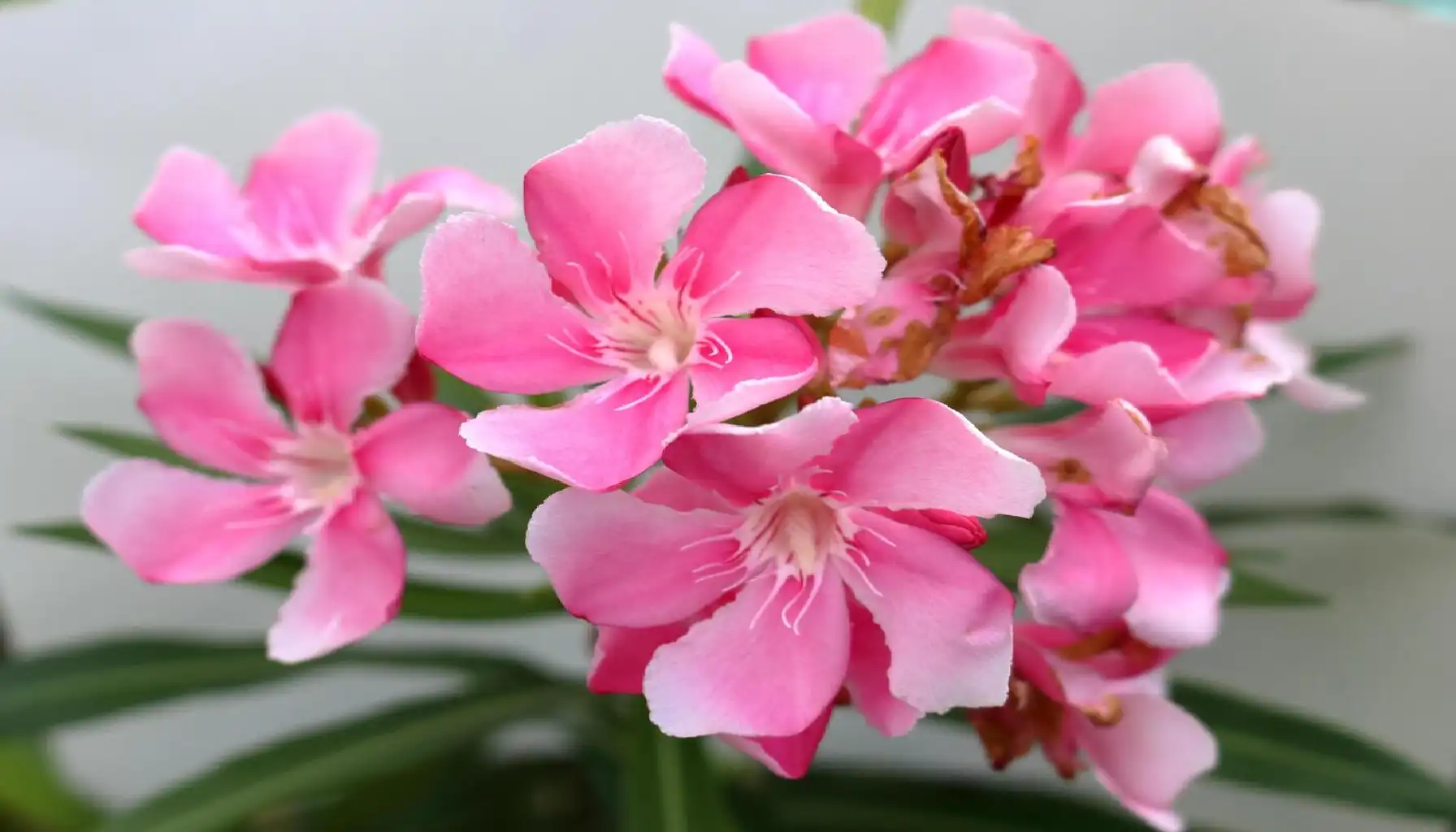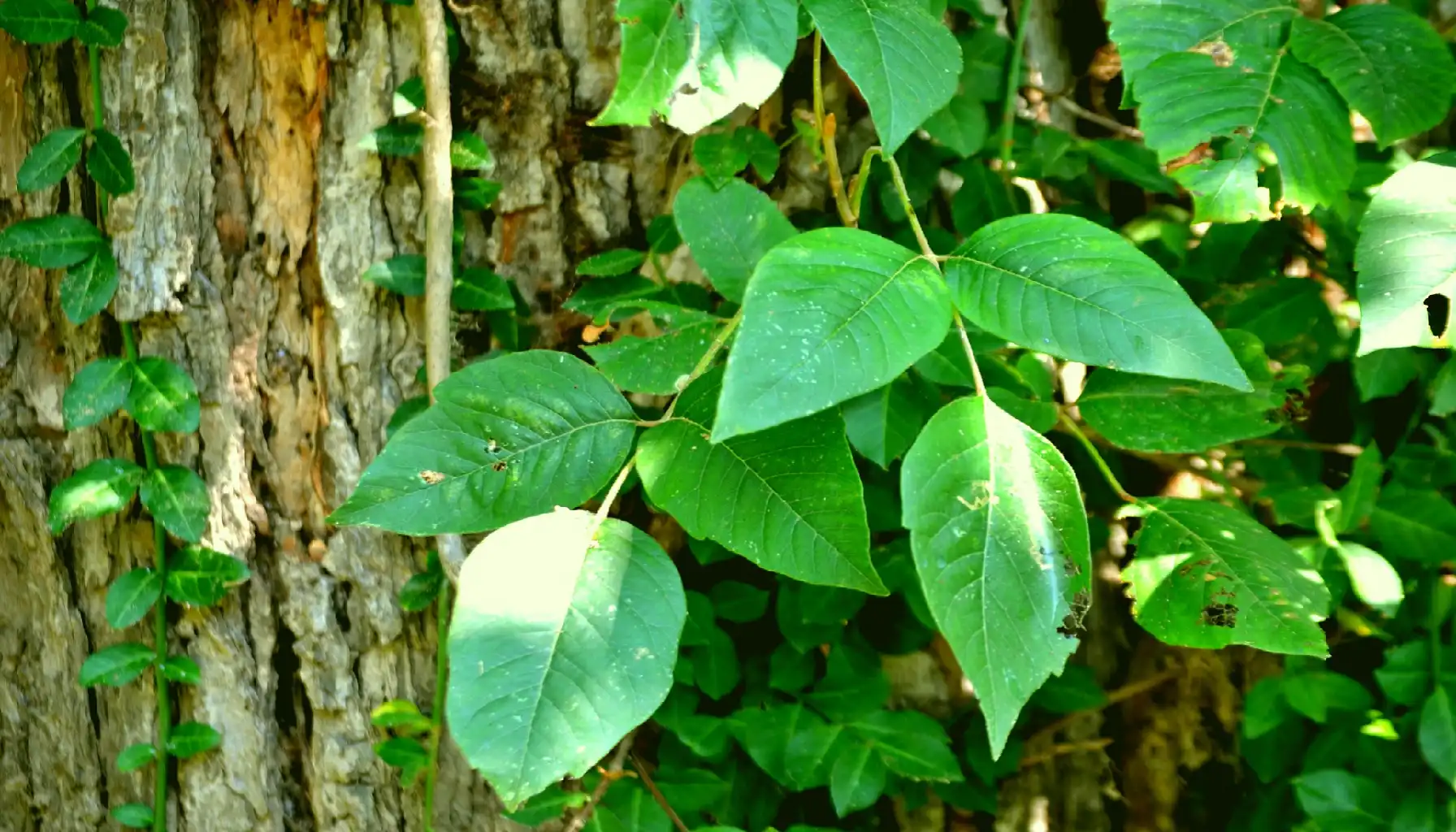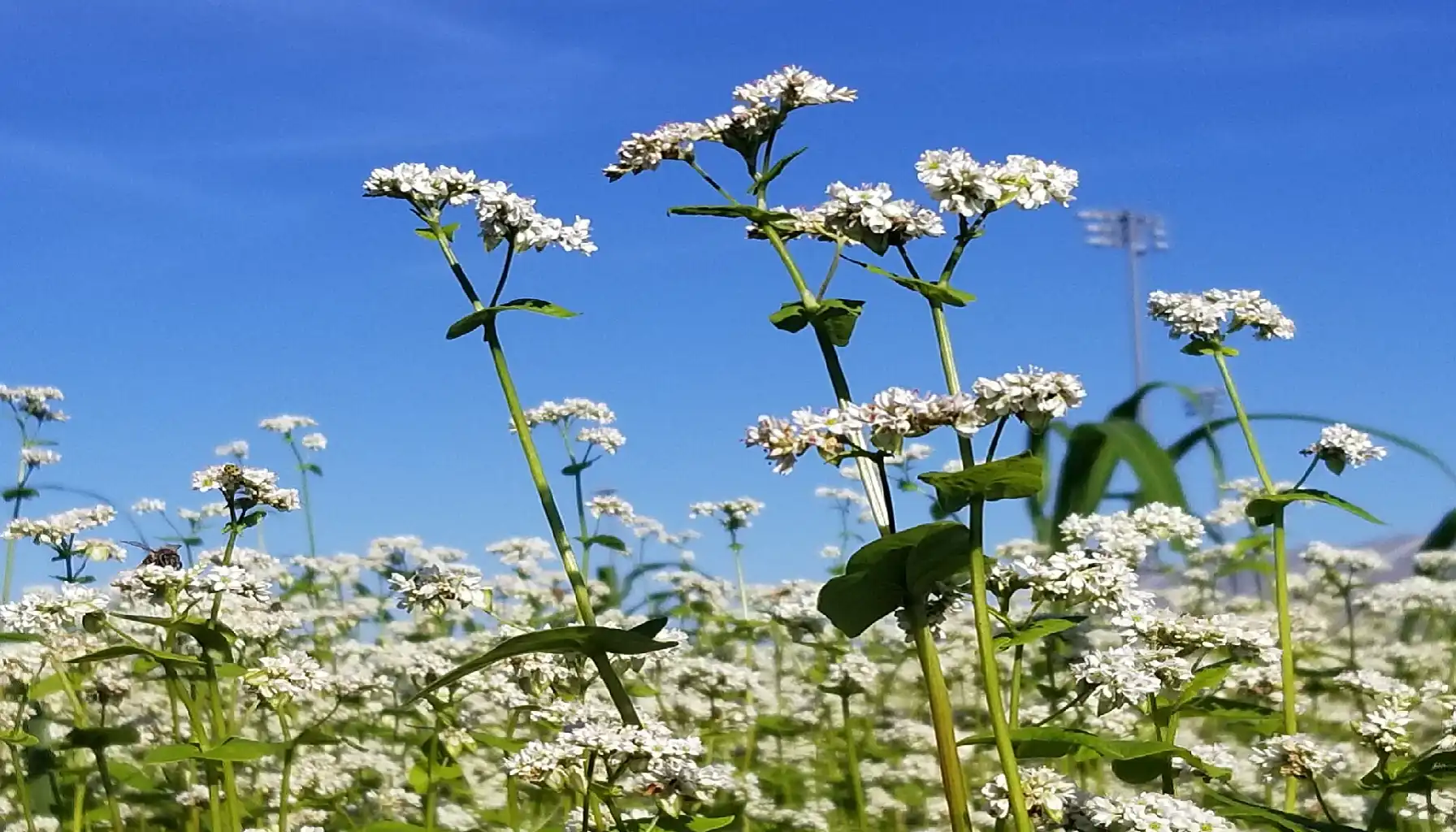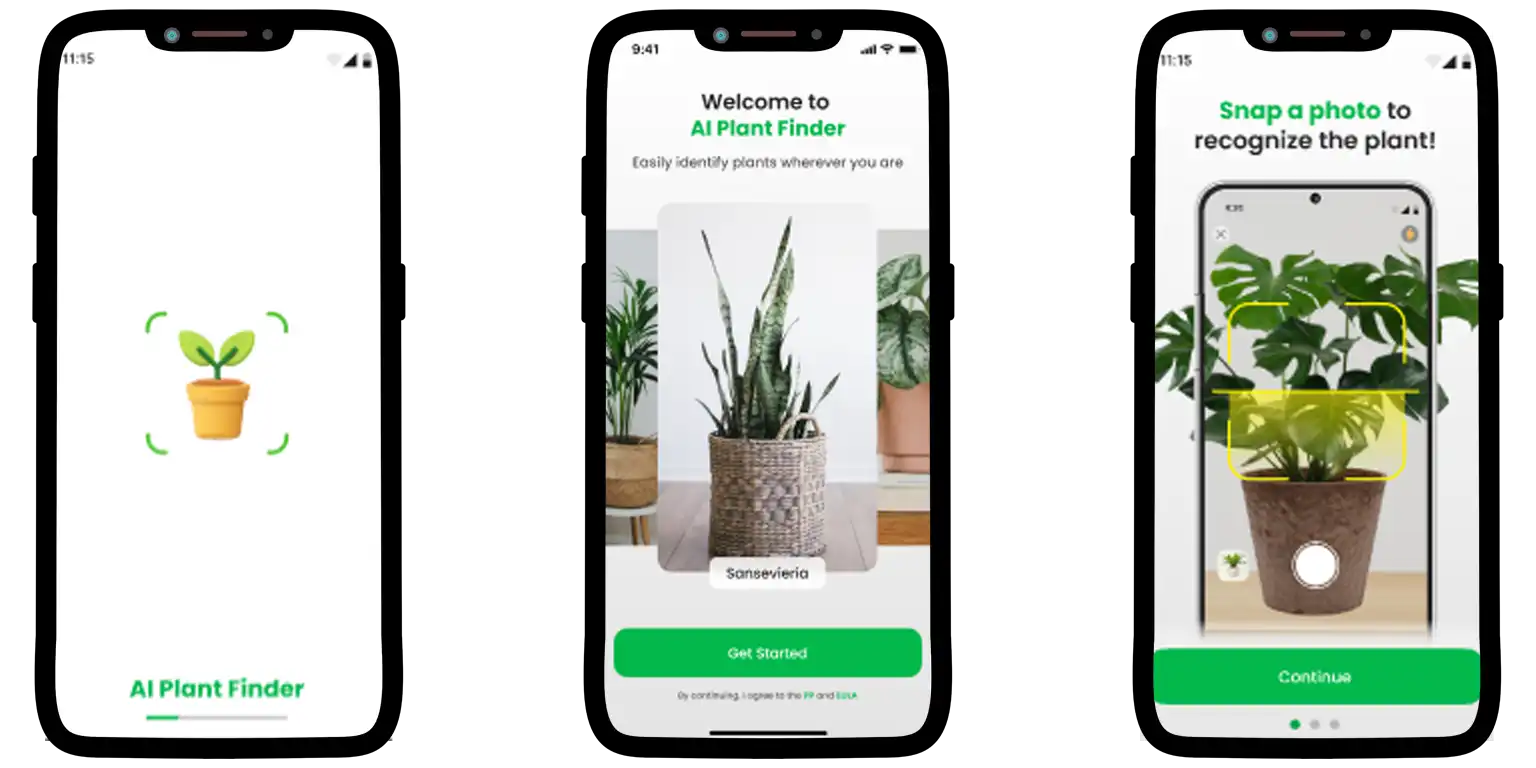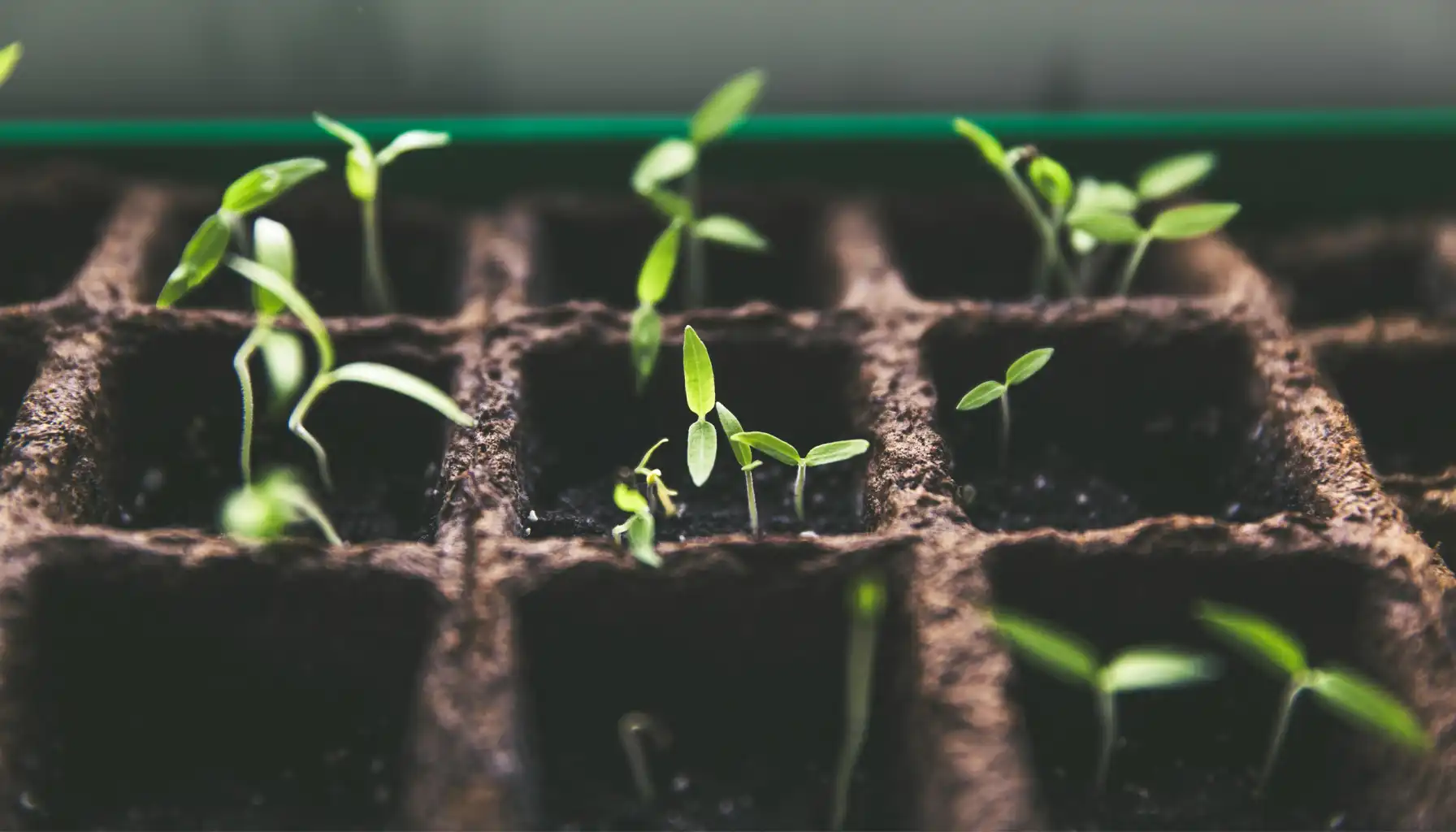The toxicity of a plant is probably one of the defining features, which nevertheless might be concealed under magnificent petals and lush green leaves. Nature has its own way of disguising danger in beauty, attracting the unaware closer to harm. But beauty can be a lie, and greenery, which we consider a symbol of life and health, may turn into something that takes your life and health away.
Let us be informed gardeners, not those who fall into the trap of negligence. Explore the house plants poisonous to cats, dogs, and humans, learn how to identify a plant on the spot, and follow clear action plans for what to do if exposure occurs.
Why Some Plants Are Toxic: Natural Mechanisms Explained
Plant poisons have been studied for thousands of years: ancient civilizations like the Egyptians, Greeks, and Chinese meticulously documented the effects of toxic flora in both medicine and warfare. Indeed, these days, this is also widely utilized in medical pursuits and pharmaceutical research, but for us, it is vital to be aware of species that are toxic to humans and pets, as well as the consequences to tackle that may come after exposure.
According to Britannica (King Lit Wong and Curtis D. Klaassen), there exists a separate field of science that studies plant toxins and their influence. on living organisms – phytotoxicology.
As a rule, the main part of beautiful poisonous plants belongs to the group of angiosperms, or flowering plants, with only a small fraction of these being actually harmful. As scientists suggest, these can be categorized in several ways, i.e., based on their chemical constituents, their evolutionary relationships, or their botanical traits. Nevertheless, we shall focus on, presumably, the most universal classification, which divides species into groups according to how they affect the body.
Toxic when ingested, i.e., capable of causing symptoms ranging from mild digestive upset to severe poisoning, organ damage, or even death.
| Harmful on contact, i.e., triggering skin irritation, blistering, or allergic reactions upon touch. | Photosensitizing, i.e., leading to increased skin sensitivity to sunlight. | Allergy-inducing when airborne, i.e., releasing particles, pollen, or spores that can cause respiratory issues, such as sneezing, itching, or asthma flare-ups. |
What Are Phytotoxins?
Let us delve a bit deeper into the subject. At the core of plant toxicity, which is quite obvious, are phytotoxins, i.e., biologically active compounds that vary widely in their structure and effects. These usually include:
Alkaloids – Affect the nervous system and can be deadly in small doses (e.g., atropine in belladonna).
Glycosides – Especially cardiac glycosides, which impact heart function (e.g., digitalis from foxglove).
Oxalates – Crystalline compounds that irritate tissues and may harm the kidneys.
Toxalbumins – Potent plant proteins, such as ricin in castor beans.
Amines, polypeptides, resins, and the rest unclassified substances – many of which remain only partially understood by science.
The emergence of such compounds is usually connected with defense mechanisms that aim at protecting plants from pests, predators, and their natural competitors. But for us, humans, and those whom we are responsible for, the impact of such floral creations can be severe.
So, are spider plants poisonous to cats? Which ones can be dangerous, and which ones are safe to grow?
The Most Poisonous Plants List: What to Watch Out For
Toxic When Ingested
Some of the most poisonous plants for dogs, cats, and humans can be identified by a simple taste. Indeed, many ornamental plants or household natural inhabitants may carry potent components that affect the organism (even when injected in small doses). Here is the list of poisonous plants that may destroy the most precious thing we have – our health.
Name | Quick Characteristic | Poisonous Part(s) | Effects |
Oleander | Evergreen shrub with pink flowers | All parts | Causes nausea, vomiting, irregular heartbeat, and turns out to be a poisonous plant that can kill a human and a pet right away. |
Foxglove | Tall spikes with tubular blooms | Leaves, flowers | Can lead to heart failure in humans and animals; highly toxic when ingested. |
Castor Bean | Tropical-looking with spiky pods | Seeds | Contains ricin; fatal even in small amounts; deadly to humans, pets, and livestock. |
Lily (true) | Indoor or garden flowers, highly fragrant | All parts | Mild stomach upset in humans; extremely toxic to cats (can cause kidney failure). |
Sago Palm | Palm-like ornamental with stiff fronds | Seeds, leaves | Liver failure in pets; can cause vomiting, seizures, and death. Toxic to humans if consumed. |
Harmful on Contact
Some creations may be harmful to touch, and the effects might be even worse than one can imagine. These typically contain irritating saps, oils, or microscopic hairs that trigger allergic reactions, rashes, and chemical burns. This is where the most disastrous weapon is hidden – contact-reactiveness can be fatal.
Name | Quick Characteristic | Poisonous Part(s) | Effects |
Poison Ivy | Vine or shrub with clusters of leaves | Leaves, stems, roots | Causes itchy, blistering rash in humans; skin irritation in pets. |
Giant Hogweed | Tall with umbrella-shaped white flowers | Sap | Severe burns and skin inflammation after sun exposure; dangerous to humans and pets. |
Dieffenbachia | Common houseplant (“dumb cane”) | Leaves, stems | Burning and swelling of the mouth and throat in humans and animals. |
Euphorbia spp. | Succulent or ornamental spurge | Milky sap | Irritates skin and eyes; toxic if sap gets into mucous membranes. |
Photosensitizing
More hideous are outdoor and house plants poisonous to dogs, cats, and humans that make your skin vulnerable to the sun’s UV rays. This might be manifested either instantly or over time, soon after exposure. Here are the key species that turn sunlight into a threat.
Name | Quick Characteristic | Poisonous Part(s) | Effects |
St. John’s Wort | Yellow flowering herb | Leaves, flowers | Can cause skin sensitivity to sunlight in humans and photosensitivity in grazing animals. |
Wild Parsnip | Tall with yellow umbrella-shaped flowers | Sap, leaves | Triggers skin burns and blisters when followed by sun exposure. |
Buckwheat | Broad-leafed flowering plant | Leaves, stems | May cause light sensitivity and dermatitis in humans and animals. |
Allergy-Inducing When Airborne
Finally, here comes the group that may carry a threat through the air. As the name suggests, the allergy-inducing plants that are poisonous to cats, dogs, and humans release pollen or airborne compounds that can cause sneezing, itchy eyes, respiratory distress, or skin flare-ups. The air can become contaminated, and barely may people realize it in an instant.
Name | Quick Characteristic | Poisonous Part(s) | Effects |
Ragweed | Common weed with greenish blooms | Pollen | Triggers hay fever, asthma, and allergic reactions in humans; irritating to pets. |
Mugwort | Aromatic herbaceous plant | Pollen, airborne oils | Causes allergic rhinitis, dermatitis, and respiratory discomfort. |
Jasmine (some species) | Fragrant vine or shrub | Pollen | Can cause headaches and sneezing in sensitive individuals; rare pet irritation. |
How to Safely Identify Poisonous House Plants and Those Outdoors?
The safest, most reliable, and user-friendly way to identify toxic floral inhabitants may refer to digital tools like AI Plant Finder that allow one to capture flora even from a distance. This is the best free plant identification app that offers botanical expertise in the form of a decent identification tool with a responsive interface and fine features to try.
AI Plant Finder introduces…
Photo-Based Plant ID
Visual Health Diagnosis
Expert Care Insights
Massive Plant Library
AI Botanist Assistance
My Garden Manager
Smart Water Calculator
Real-Time Light Meter
… and more
What plants are poisonous to dogs? This app will answer this question as soon as you like.
What to Do If Exposed
Do not panic. Stay calm and act quickly.
Avoid further contact. Wash off plant residue from skin or clothing.
Rinse the affected area. Use cool water and mild soap immediately after skin contact.
Do not induce vomiting unless advised by a medical professional.
Contact poison control, especially if ingestion or severe symptoms occur.
Seek veterinary help. If a pet is affected, call your vet right away.
Monitor symptoms. Look for rashes, swelling, nausea, or breathing issues.
Bring a sample or photo. This helps doctors or vets identify the plant faster and understand what to do next.
Green does not always mean safe. Stay cautious and always check what grows around you – indoors and out. The well-being of your family, pets, and home starts with awareness, and it is in your hands to keep them protected.
AI Plant Finder Related Posts
